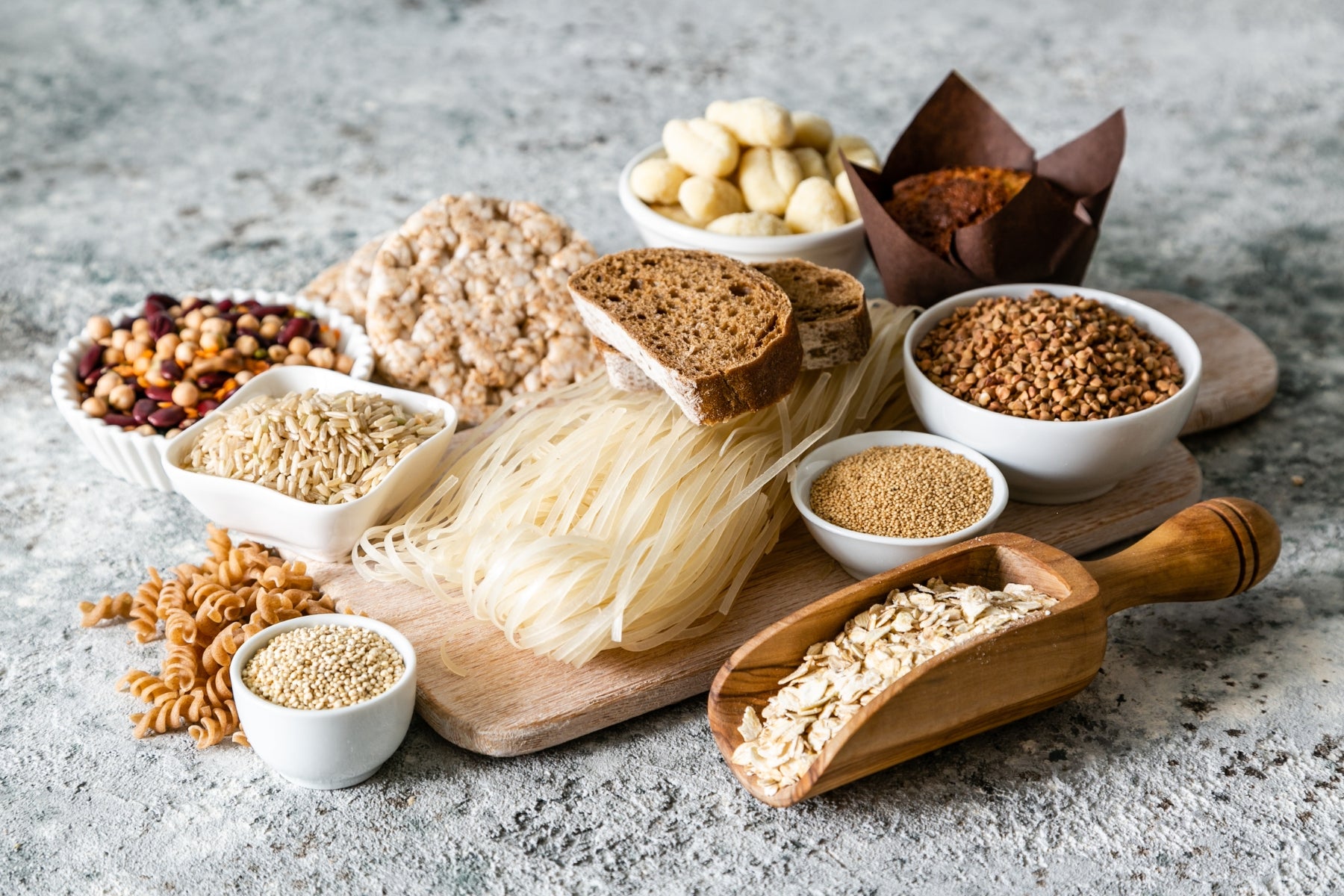Contents
1
Was ist Fruktoseintoleranz?
2
Ursachen der Fruktoseintoleranz
3
Fruktoseintoleranz Symptome
Fruktoseintoleranz Symptome Haut
4
Fruktoseintoleranz Test
5
Behandlung der Fruktoseintoleranz
Tipps für eine fruktosearme Ernährung
Contents
1
Was ist Fruktoseintoleranz?
2
Ursachen der Fruktoseintoleranz
3
Fruktoseintoleranz Symptome
Fruktoseintoleranz Symptome Haut
4
Fruktoseintoleranz Test
5
Behandlung der Fruktoseintoleranz
Tipps für eine fruktosearme Ernährung



